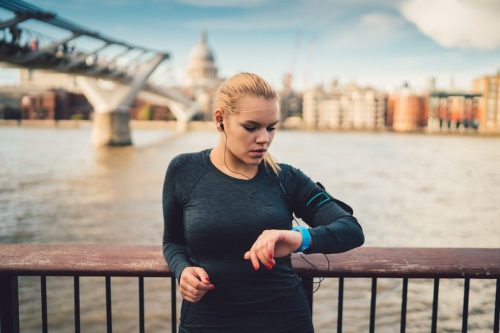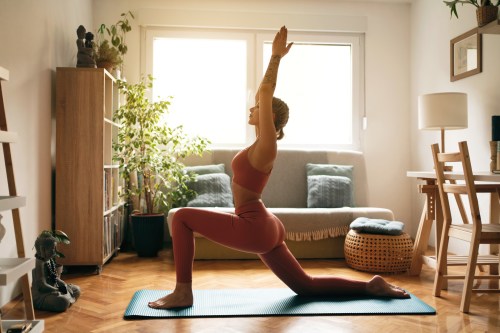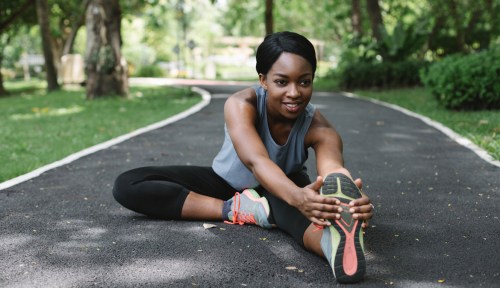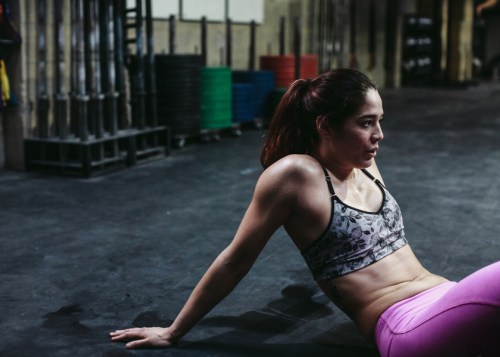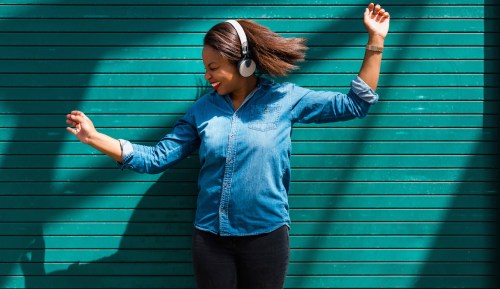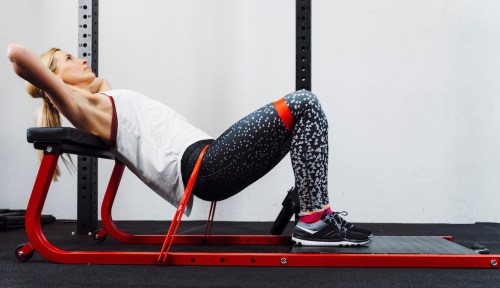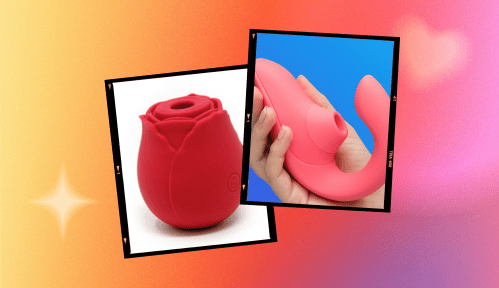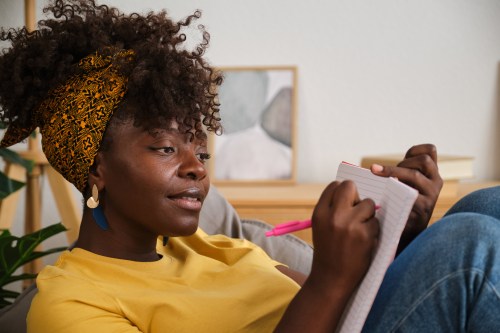It’s easy to become thigh-crampingly fanatical about counting your steps. Despite the naysayers who claim there’s no science behind the 10,000-steps-a-day-for-health benchmark, there’s something satisfying about hitting that milestone. It’s like a shiny badge that says, “Even if I skipped SoulCycle today, I have proven to the universe that I did more than sit at my desk for nine hours and watch Buffy in bed for another four hours.” But what’s devastating is learning, like I did today, that your fitness tracking device—your sophisticated and expensive device—might not be giving you an accurate read on your step habits. Like, really, you had one job.
While wearable step counters, like your smartwatch or Fitbit, are more accurate than your garden variety iPhone app, slapping something on your wrist can capture weird gestures and mistake it for steps. Well, get this: One easy way to make step count more accurate is by switching your device to your non-dominant hand. Seriously!
So why does it matter which hand you use? Chances are that you’re using your dominant hand more often, whether it’s to write your daily to-do list, scramble through your purse for one particular lip balm, chop vegetables for a meal-prepped lunch that will live and die in your refrigerator… you know. But because fitness trackers are neurotic creatures, all that movement can be misinterpreted as steps, and that’s aggravating. You can’t do the mental math every time you pet a great dog in the park during your morning jog—who has the time for that? When you wear your step counter on your other wrist, however, falsified steps are less likely to show up in your end-of-day tally.
Now, as your dear, dear friend, it might be wise to remind you that while it feels right as a goal, the 10,000 step rule is sort of… arbitrary. In reality, 10,000 steps isn’t necessarily going to have a major impact on your metabolsim alone, if that’s what you’re going for. One small (like very, very smol) study suggests that 15,000 is the actual magic number.
On the upswing, hitting 10,000 steps isn’t necessary for you to be healthy. The President’s Council on Sports, Fitness and Nutrition suggests adults aim for 150 to 300 minutes of moderate-intensity exercise or 75 to 150 minutes of vigorous exercise per week in order to get “substantial health benefits.” That translates to something closer to 7,000 to 8,000 steps a day. Sounds way better than forcing yourself to forgo the work elevator to get a quick thou, doesn’t it?
Whatever your goals are, it’s comforting to know that a little more accuracy can come from the switch of a wrist.
If you’re actually *so over* the 10,000 steps rule, maybe it’s time to turn to the VO2 max metric. But keep in mind that adding this many more steps to your day might help you live longer.
Sign Up for Our Daily Newsletter
Get all the latest in wellness, trends, food, fitness, beauty, and more delivered right to your inbox.
Got it, you've been added to our email list.
